Do you have a question about the Samsung SM-A307FN and is the answer not in the manual?
Lists items included in the product box.
Identifies external components and buttons of the device.
Guide for installing SIM and charging the battery.
Instructions for inserting, removing, and formatting memory cards.
Steps to turn the device on/off and lock/unlock the screen.
Explains how to use touch screen gestures for navigation.
Customizing Home screen and managing applications.
Managing alerts and accessing quick setting toggles.
How to type text and take screenshots on the device.
Tips and settings to extend battery life.
Connecting to wireless and cellular networks.
Sharing the device's data connection with other devices.
Adding, importing, exporting, and searching for contacts.
Sending/receiving messages and setting up/using email.
Connecting and exchanging data with Bluetooth devices.
Customizing device appearance and accounts.
Taking photos/videos, using shooting modes, and camera settings.
Viewing photos, videos, and listening to music.
Overview of key utility applications.
Transferring data and updating device software.
Managing device data through backups and resets.
Configuring essential device parameters.
Solutions for frequently encountered device problems.
Guidelines on safe device usage and RF exposure.
Regulatory compliance and warnings related to RF emissions.
Maintaining the device and proper disposal methods.
Lists items included in the product box.
Identifies external components and buttons of the device.
Guide for installing SIM and charging the battery.
Instructions for inserting, removing, and formatting memory cards.
Steps to turn the device on/off and lock/unlock the screen.
Explains how to use touch screen gestures for navigation.
Customizing Home screen and managing applications.
Managing alerts and accessing quick setting toggles.
How to type text and take screenshots on the device.
Tips and settings to extend battery life.
Connecting to wireless and cellular networks.
Sharing the device's data connection with other devices.
Adding, importing, exporting, and searching for contacts.
Sending/receiving messages and setting up/using email.
Connecting and exchanging data with Bluetooth devices.
Customizing device appearance and accounts.
Taking photos/videos, using shooting modes, and camera settings.
Viewing photos, videos, and listening to music.
Overview of key utility applications.
Transferring data and updating device software.
Managing device data through backups and resets.
Configuring essential device parameters.
Solutions for frequently encountered device problems.
Guidelines on safe device usage and RF exposure.
Regulatory compliance and warnings related to RF emissions.
Maintaining the device and proper disposal methods.
| Model | SM-A307FN |
|---|---|
| Network Technology | GSM / HSPA / LTE |
| Launch Date | 2019, August |
| Build | Glass front, plastic back, plastic frame |
| SIM | Single SIM (Nano-SIM) or Dual SIM (Nano-SIM, dual stand-by) |
| Display Type | Super AMOLED |
| GPU | Mali-G71 MP2 |
| Memory Card Slot | microSDXC (dedicated slot) |
| Main Camera Features | LED flash, panorama, HDR |
| Main Camera Video | 1080p@30fps |
| Selfie Camera | 8 MP, f/2.0, 26mm (wide) |
| Selfie Camera Video | 1080p@30fps |
| Loudspeaker | Yes |
| 3.5mm jack | Yes |
| WLAN | Wi-Fi 802.11 b/g/n, Wi-Fi Direct, hotspot |
| Bluetooth | 5.0, A2DP, LE |
| GPS | Yes, with A-GPS, GLONASS, GALILEO, BDS |
| Radio | FM radio |
| USB | USB Type-C 2.0 |
| Sensors | Fingerprint (rear-mounted), accelerometer, gyro, proximity, compass |
| Battery Type | Li-Po 4000 mAh, non-removable |
| Internal Memory | 64GB 4GB RAM |
| NFC | Yes (market dependent) |
| Charging | 15W wired |
| Colors | Black, Blue |
| OS | Android 9.0 (Pie), upgradable to Android 11, One UI 3.1 |
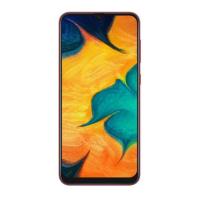

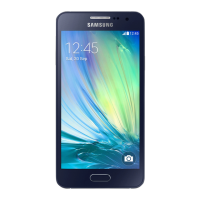
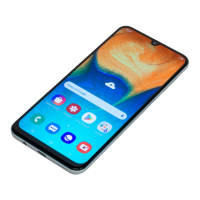
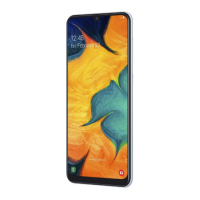
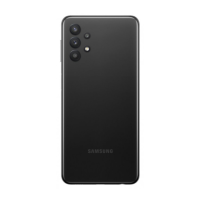
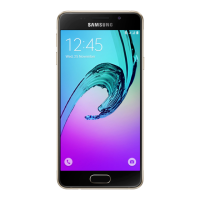
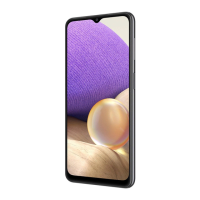

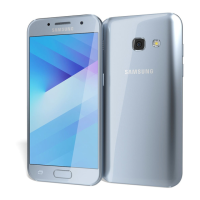
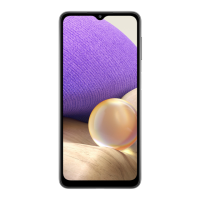
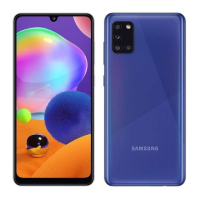
